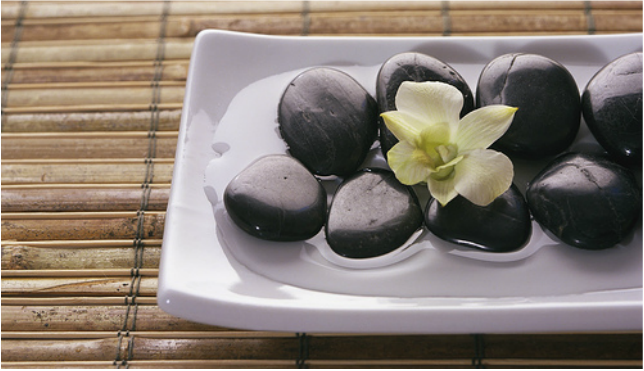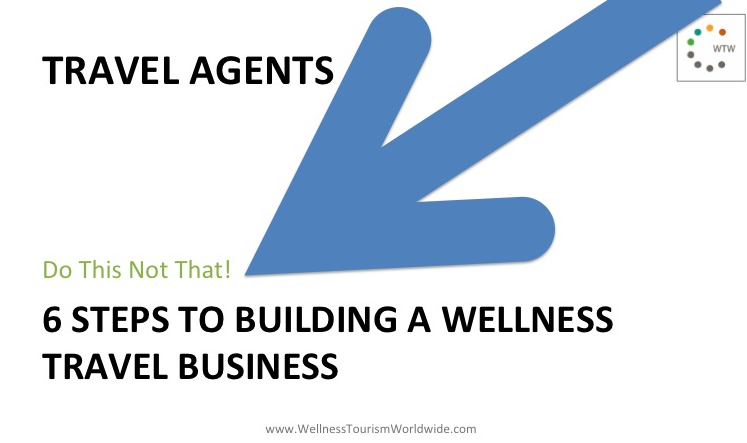Myth #1: Wellness Travel is the Same as Spa or Medical TourismWellness travel is often confused with medical tourism and associated with spa trips. Often excluding what something is not; can be helpful in understanding what something is. This is especially true with understanding a new concept. Wellness travel is not medical tourism. Medical travelers are patients, not leisure travelers. Their main motivation for travel is seeking medical attention. Wellness and spa travel are not synonymous. While researchers have observed that wellness travel has been dominated on the supply side through spa and luxury resorts[1], “wellness is about much more that just spas.”[2] So what is wellness travel? Wikipedia states it “is travel for the purpose of promoting health and wellbeing through physical, psychological, or spiritual activities.” Another researcher suggests, “Wellness tourism is any form of tourism that addresses the various elements of wellness.”[3] A much more complete and descriptive definition of wellness travel was introduced in 2014 by Wellness Tourism Worldwide. Based the key principles of positive psychology, well-being motivation and achievement theories it emphasizes engagement and meaning.“Wellness tourism is purpose-driven travel to improve well-being by encompassing discovery, connectivity, growth, transformation and fulfillment by promoting positive engagement between people, cultures and nature.” Myth #2: |
Photo used under Creative Commons from ** RCB **

 RSS Feed
RSS Feed



